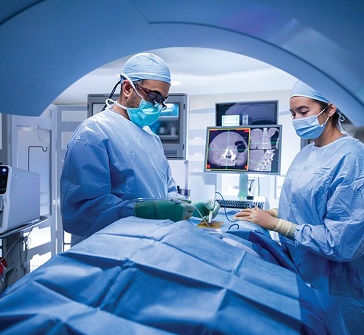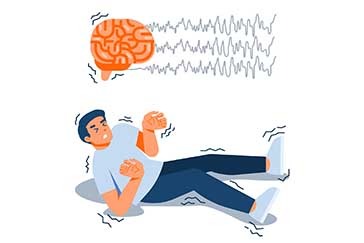 Book Appt.
Book Appt.
 Call Now
Call Now


A cerebral aneurysm, also known as a brain aneurysm, is a potentially life-threatening condition characterized by a weakened or bulging area in a blood vessel of the brain. This weak spot can rupture, leading to a potentially catastrophic brain hemorrhage. Understanding the causes, risk factors, symptoms, and treatment options for cerebral aneurysms is crucial for early detection and intervention.
Types of Cerebral Aneurysms
Causes and Risk Factors
Symptoms and Warning Signs
In many cases, cerebral aneurysms do not cause any noticeable symptoms until they rupture. However, if an unruptured aneurysm presses on nearby structures in the brain, it may lead to symptoms such as:
Diagnosis and Treatment
This test involves injecting a contrast dye into the blood vessels, allowing them to be visualized on X-ray images. It provides detailed information about the size, shape, and location of the aneurysm.
Treatment Options
Conclusion
Cerebral aneurysms pose a significant threat to brain health, particularly when they rupture. Early detection, appropriate treatment, and lifestyle modifications to manage risk factors are crucial in preventing potential catastrophic events. With advancements in medical technology and a multidisciplinary approach to care, individuals with cerebral aneurysms can receive timely intervention, improving their chances of a successful recovery and minimizing the risk of complications.
SHALBY Sanar International Hospitals provides extensive medical procedures backed up with our state-of-the-art technology and a team of highly qualified & experienced clinical experts.

Patient from Iraq gets treated by Dr. Harnarayan Singh | SHALBY Sanar International Hospitals

15 year old Patient from Liberia gets treated by Dr Harnarayan Singh | Neurosurgery & Spine Surgery

Mrs. Khalida Khaleel from Iraq Overcomes Degenerative Disc & Grade 1 Spondylolisthesis

Successful Treatment of a Patient from Uzbekistan for Degenerative Disc Disease and Back Syndrome

Surviving Stroke: Bipasha Banerjee's Testimony on Timely Intervention

Successful Intraoperation Neuro Monitoring on patient Hasan from Iraq

Successful removal of Glioma using advanced machines

A multidisciplinary care worked wonders for Ms. Akhtamova from Tajikistan

Treatment for Brain Aneurysm - Al Qumairi Saeed Mohsen Awadh from Yemen
Our doctors pen down their research findings and experiences from time to time. Their words provide deep insight into the latest techniques, technologies and other advancements in healthcare. It provides expert answers to all kinds of health questions for real-life issues.
VIEW ALL




Since the day of its foundation, SHALBY Sanar International Hospitals is committed to provide comprehensive healthcare services. It regularly organizes awareness programs in its premises and encourages outdoor healthcare activities and camps with an intent to put focus on preventive healthcare.
VIEW ALL